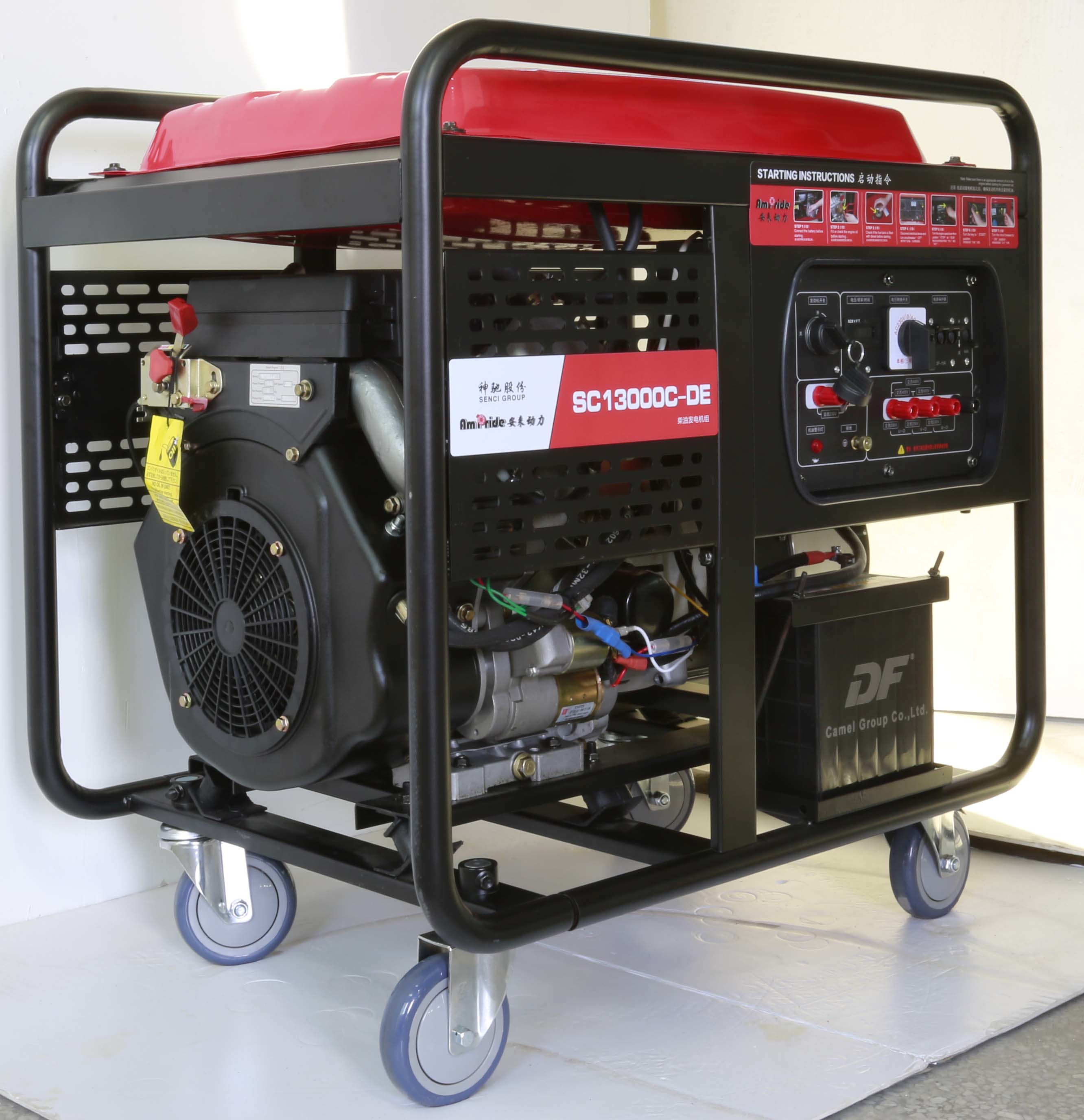Diesel Generator for Regulatory Monitoring A Comprehensive Guide

Introduction
Diesel generators play a crucial role in providing backup power during emergencies and ensuring continuous operations in various industries. In recent years, there has been an increased focus on regulatory monitoring to ensure that diesel generators comply with environmental standards and safety regulations. This article aims to provide a comprehensive guide on diesel generators for regulatory monitoring, covering their importance, components, regulatory requirements, monitoring techniques, and best practices.
Importance of Diesel Generators
Diesel generators are widely used in a variety of applications, including hospitals, data centers, manufacturing facilities, and remote locations where grid power is unreliable or unavailable. These generators provide a reliable source of backup power during grid outages, ensuring that critical operations can continue uninterrupted. In addition to backup power, diesel generators are also used as prime power sources in off-grid locations or as a secondary source of power to supplement grid electricity.
Components of a Diesel Generator
A diesel generator consists of several key components that work together to generate electricity. The main components of a diesel generator include:
1. Engine: The engine is the heart of the diesel generator and is responsible for converting the chemical energy in diesel fuel into mechanical energy. Diesel engines are known for their durability, efficiency, and reliability, making them ideal for generator applications.
2. what is 500kw diesel generator : The alternator is connected to the engine and is responsible for converting the mechanical energy generated by the engine into electrical energy. The alternator produces an alternating current (AC) that can be used to power electrical loads.
3. Fuel System: The fuel system delivers diesel fuel from the storage tank to the engine, where it is combusted to generate power. The fuel system includes components such as fuel tanks, fuel filters, fuel pumps, and fuel injectors.
4. Cooling Financing options for purchasing a 400kW generator : The cooling system helps regulate the temperature of the engine and prevents overheating during operation. The cooling system typically includes a radiator, water pump, thermostat, and cooling fan.
5. Exhaust System: The exhaust system removes the combustion gases produced during the operation of the engine. It includes components such as the exhaust manifold, muffler, and exhaust pipe.
Regulatory Requirements for Diesel Generators
Diesel generators are subject to various regulatory requirements aimed at ensuring their safe operation, environmental compliance, and efficiency. Some of the key regulatory requirements for diesel generators include:
1. Environmental Regulations: Diesel generators are a significant source of air pollution due to the emissions of pollutants such as nitrogen oxides (NOx), particulate matter (PM), carbon monoxide (CO), and hydrocarbons. To address these emissions, regulatory agencies such as the Environmental Protection Agency (EPA) have established emission limits for diesel generators and require operators to comply with emission standards.
2. Safety Standards: Diesel generators are also subject to safety standards to protect workers and the surrounding environment from potential hazards. Safety standards may include requirements for fuel storage, exhaust ventilation, electrical safety, and fire protection.
3. Noise Regulations: Diesel generators can produce high levels of noise during operation, which can be a nuisance to nearby residents or workers. Regulatory agencies may impose noise limits and require operators to implement noise control measures, such as sound enclosures or mufflers.
Monitoring Techniques for Diesel Generators
Effective monitoring of diesel generators is essential to ensure compliance with regulatory requirements, detect potential issues early, and optimize performance. There are several monitoring techniques that can be used to monitor diesel generators effectively:
1. Emission Monitoring: Emission monitoring involves measuring the levels of pollutants emitted by the diesel generator, such as NOx, PM, CO, and hydrocarbons. Emission monitoring can be conducted using portable emissions analyzers or continuous emissions monitoring systems (CEMS).
2. Fuel Monitoring: Fuel monitoring involves tracking fuel consumption, fuel quality, and fuel storage to ensure the proper operation of the diesel generator. Fuel monitoring can help detect fuel leaks, fuel contamination, and inefficient fuel usage.
3. Performance Monitoring: Performance monitoring involves monitoring key performance indicators of the diesel generator, such as power output, fuel efficiency, temperature, and vibration levels. Performance monitoring can help identify issues that may affect the reliability and efficiency of the generator.
4. Remote Monitoring: Remote monitoring involves using telematics and remote monitoring systems to monitor the diesel generator from a remote location. Remote monitoring allows operators to track performance data, receive alerts for potential issues, and remotely control the generator.
Best Practices for Diesel Generator Monitoring
To ensure effective regulatory monitoring of diesel generators, operators should follow best practices that help optimize performance, ensure compliance, and prolong the lifespan of the equipment. 200kw diesel generator for remote agricultural operations for diesel generator monitoring include:
1. Regular Inspections: Conduct regular inspections of the diesel generator to check for leaks, worn components, loose connections, and other issues that may affect performance or safety.
2. Scheduled Maintenance: Implement a preventive maintenance schedule that includes regular maintenance tasks such as oil changes, filter replacements, fuel system inspections, and cooling system checks.
3. Data Logging: Keep detailed records of generator performance data, maintenance activities, fuel consumption, and emission levels. Data logging can help track trends, identify patterns, and facilitate compliance reporting.
4. Training and Certification: Ensure that operators and maintenance personnel receive proper training and certification on diesel generator operation, maintenance, and safety practices.

Conclusion
Diesel generators play a critical role in providing backup power and ensuring continuity of operations in various industries. Regulatory monitoring of diesel generators is essential to ensure compliance with environmental standards, safety regulations, and efficiency requirements. By following best practices for monitoring diesel generators, operators can optimize performance, detect issues early, and ensure the reliable operation of their equipment. Effective monitoring techniques, such as emission monitoring, fuel monitoring, performance monitoring, and remote monitoring, can help operators meet regulatory requirements and maintain the integrity of their diesel generators.
